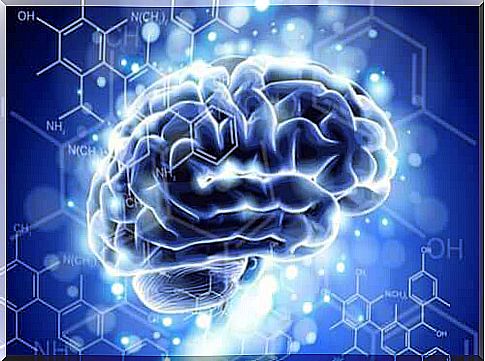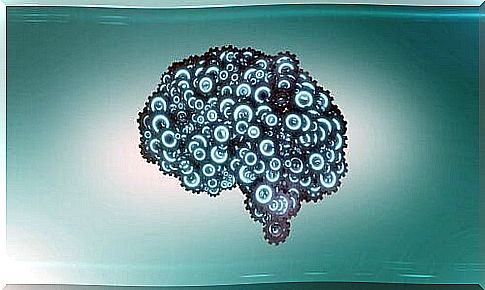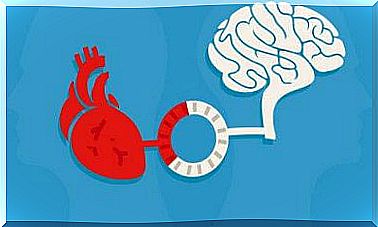Neuroethics: Properties And Development

In this article, you will learn about the foundation of neuroethics and its primary branches of study. Discover the reasons why this discipline has great potential for future research.
Neuroethics is a discipline that is making progress in the international scientific community due to the increase in neuroscience research in recent years.
But neuroethics as a field of study emerged as early as 2002, when a group of specialists from different fields met to study the ethical and social consequences of brain research. They believed that classical bioethics was too generic to solve the specific ethical issues of neuroscience.
In 2003, the Society for Neuroscience organized the very first neuroethics conference. The International Neuroethic Society was founded in 2006. Members of the organization are professionals concerned about the social, legal, political, and ethical implications of neuroscience advances.
As you can see, neuroethics is relatively new. In this article, we will look at the evolution of neuroethics from the beginning to today. This overview of the history of neuroethics will give you a deeper understanding of this budding science.

The Origins of Neuroethics
To understand how neuroethics became a science, you need to remember the interdisciplinary nature of neuroscience. The subject of neuroethics was due to a large number of disciplines studying the nervous system.
Over time, the need for cross-disciplinary understanding increased, and researchers were increasingly concerned about ethical issues. Thus, the classic questions about the nervous system and the mind-brain relationship came into play.
In addition to all these factors, bioethics was also very advanced. Bioethics studies the ethical aspects of life sciences such as biology and medicine. The research in bioethics pushed neuroscientists to try to keep up with important ethical and moral issues.
On the other hand , the consequence of the parallel progression of neuroscience itself meant that research moved towards topics related to the mind, such as cognitive and emotional functions and pathologies.
Thus, neuroethics was born out of the need for a discipline that concerned the establishment of appropriate regulations for research in these areas.
A 2002 meeting in San Francisco
Stanford University and the University of California organized a meeting in San Francisco in 2002 that marked the beginning of neuroethics as an independent scientific discipline. About 150 neuroscientists attended the conference, and they laid the foundation for neuroethics.
During the conference, participants came up with a definition of neuroethics and its scope:
Even though they came up with a definition, the researchers still had a lot to explore. A particularly complicated aspect was that almost the entire focus on neuroethics was on diseases of the nervous system.
Another problem was the lack of attention to prevention, and the functional aspect of the nervous system to the clear harm to science as psychology. As you can see, we still have a long way to go to reach a broader and more inclusive perspective on neuroethics.

Characteristics and development of neuroethics
The development of neuroethics is a reflection of the development of four primary areas of study:
- Neural science and the self. The relationship between neuroscience and freedom and human responsibility. It also studies the biological basis of personality, behavior, and emotions.
- Neural science and criminal practice. This research focuses on social pathologists and memory and learning processes. It also examines personal and criminal responsibility, which sometimes overlaps with forensic neuropsychiatry.
- Ethics and practice of neuroscience. This field of study relates to ethics in clinical practice. It forms things like neurosurgery, psychopharmaceuticals, genetic therapy, neural prostheses, etc. It also attempts to adapt research and therapeutic approaches to nerve pathologies.
- Neuroscience and public discourse. This refers to the relationship between neuroscience and the academic formation of neuroscience researchers. It is also related to such things as discovery and the relationship to social media.
In conclusion, neuroethics is a relatively new interdisciplinary science with enormous future potential and long-term goals. It is and will continue to be a fruitful field of research.








